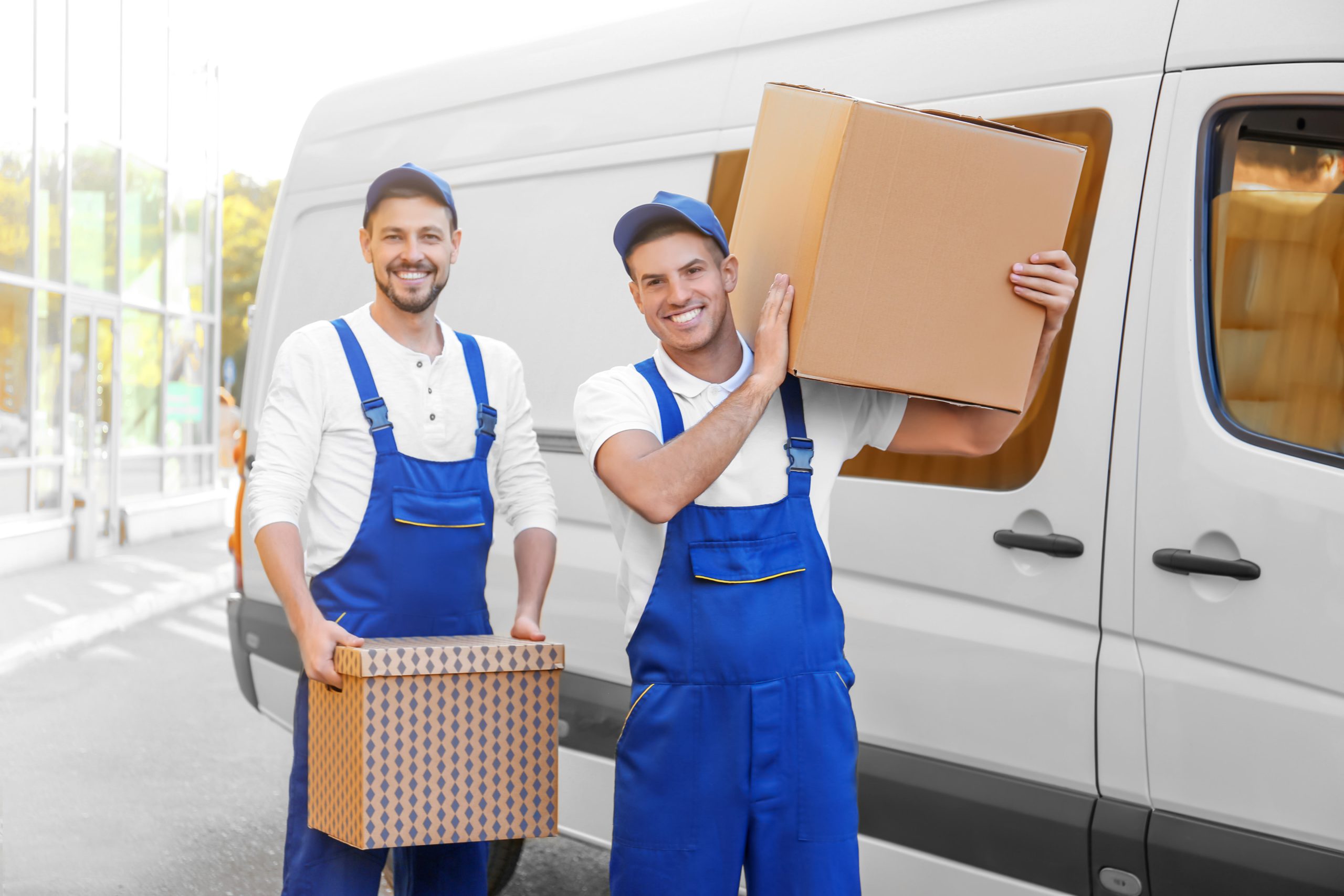How to Keep Your Belongings Safe While Moving from Alaska to Hawaii
Moving across states is always a major undertaking, but Moving from Alaska to Hawaii presents unique challenges due to distance, ocean shipping, and the tropical environment. Protecting your belongings during this long-distance relocation requires careful planning, reliable logistics, and attention to detail. Families, in particular, must take extra steps to ensure that fragile, valuable, and essential items arrive safely. This guide provides practical strategies to keep your belongings safe while moving from Alaska to Hawaii.
Understanding the Risks of a Long-Distance Move
When moving from Alaska to Hawaii, families face multiple risks that can compromise the safety of their possessions. Ocean shipping exposes belongings to rough handling, humidity, and extended transit times. Delays or mishandling can damage fragile items, electronics, and furniture.
Climate and Environmental Factors
Hawaii’s tropical climate brings heat, humidity, and occasional heavy rain. Items that are not properly packed or protected can suffer from moisture damage, mold, or warping during transport. It is essential to consider these factors when preparing your shipment.
Handling and Transport Risks
Long-distance moves involve multiple handling points—from local movers in Alaska to port workers and final delivery in Hawaii. Each transfer increases the possibility of damage. Fragile items, furniture, and electronics require extra protection to survive this multi-step process.
Planning and Preparing Your Move
The first step in keeping your belongings safe is careful planning. Knowing what to move, how to pack it, and which shipping options to choose can significantly reduce the risk of damage.
Inventory and Prioritization
Create a detailed inventory of your belongings, categorizing items by fragility and value. Prioritize essential items you will need immediately upon arrival. This inventory not only helps with packing but also makes filing insurance claims easier if anything is damaged.
Choosing the Right Moving Company
Select a moving company experienced in relocations from Alaska to Hawaii. Look for providers offering full-service moving, including packing, crating, and ocean freight. Verify their insurance policies, read customer reviews, and ensure they have a proven track record of handling fragile and high-value items.
Insurance Coverage
Moving insurance is crucial for a long-distance relocation. Comprehensive coverage can protect your belongings in case of damage, loss, or delay. Confirm the type of coverage available—full replacement value insurance is often the safest choice for valuable items.
Packing Strategies to Protect Your Belongings
Packing properly is the most effective way to prevent damage. Use high-quality materials, secure fragile items, and organize your shipment to minimize risk.
Use Durable Packing Materials
Invest in sturdy boxes, bubble wrap, packing paper, and strong packing tape. Fragile items should be individually wrapped, and heavy items should be placed at the bottom of boxes to prevent crushing. Using double-walled boxes for delicate or valuable items provides an added layer of protection.
Labeling and Organization
Clearly label boxes with contents and handling instructions, such as “Fragile” or “This Side Up.” Organize items by room or category to facilitate unloading and reduce the chance of mishandling.
Crating Valuable Items
For high-value items like electronics, artwork, or antiques, consider professional crating. Custom crates provide maximum protection against impact, moisture, and movement during transit. Crating is especially recommended when shipping overseas or via ocean freight.
Shipping and Transportation Considerations
Moving from Alaska to Hawaii involves multiple shipping methods, each with specific considerations to keep belongings safe.
Ocean Freight Shipping
Most long-distance moves to Hawaii require container shipping. Choose a full container load (FCL) if you have a large volume of belongings. FCL containers are dedicated solely to your shipment, minimizing exposure to handling by other parties. Ensure the container is properly sealed and ventilated to prevent moisture damage.
Vehicle and Large Item Transport
If transporting vehicles or large furniture, work with movers specializing in ocean transport. Vehicles must be cleaned, drained of fluids, and secured to avoid damage during shipping. Large furniture should be disassembled if possible and wrapped in protective blankets.
Pet and Specialty Item Considerations
For families with pets or specialty items like musical instruments or sports equipment, extra planning is required. Pets must meet Hawaii’s strict import regulations, and delicate items may need additional crating or air shipping for added safety.
Tips for Protecting Belongings Upon Arrival
Even after a careful journey, belongings can still be at risk during unloading and unpacking.
Inspect Your Shipment Immediately
Upon arrival in Hawaii, inspect all boxes and items for damage. Document any issues with photos and notes. Reporting damages promptly to your moving company and insurance provider ensures timely resolution.
Unpack Strategically
Start with essential items and unpack them carefully. Avoid rushing the process, which can increase the likelihood of accidents or damage. Proper organization during unpacking also helps identify any items that may need repair or replacement.
Adjust to Local Environment
Once your belongings are in your new home, consider the local climate. Use dehumidifiers or moisture-absorbing products for items sensitive to humidity. Furniture and electronics may need acclimatization to Hawaii’s tropical conditions to prevent warping or malfunction.
Conclusion
Moving from Alaska to Hawaii is an exciting journey for families, but it comes with unique challenges that require careful planning and preparation. By choosing a reliable moving company, using proper packing techniques, securing comprehensive insurance, and taking precautions during transit and arrival, families can keep their belongings safe and ensure a smooth relocation. Protecting your possessions allows you to focus on settling into your new Hawaiian home and enjoying the island lifestyle with peace of mind.
A successful move begins with preparation, attention to detail, and professional support. Take the time to plan every step, protect your belongings, and embrace your new chapter in Hawaii with confidence and excitement.














Post Comment